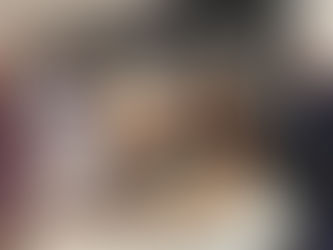top of page

an international platform for strategic thinking making and living better cities
design + culture + education + research + action
Search




PAST PRESENT FUTURE of PUBLIC SPACE
"Past Present and Future of Public Space" conference in Bologna has ended.
Jun 27, 2024


Theory and Practice of Urbanity in Ljubljana
co+re has concluded Theory and Practice of Urbanity course at The Faculty of Architecture, University of Ljubljana. It was presented as...
Jan 31, 2024


URBAN SPARK, Bologna
co+re participated in the activity of Public Space Academy, URBAN SPARK Unlocking Interdisciplinary Public Space Strategies of Neglected...
Sep 6, 2023


The Essence
Davisi boontharm's exhibition at Pavarotti Center, Mostar 28 August - 3 September 2023 Davisi gave a presentation titled "Capturing the...
Sep 3, 2023


Theory and Practice of Urbanity in Florence
In May, co+re was back at DIDA Departimento di Architettura, University of Florence, to deliver the 5th, 2023 edition of Theory and...
Jun 6, 2023


手入れ TEIRE – Renovation/Repair/Maintenance Symposium, Tokyo
As part of co+re regular collaboration with Keio University and co+labo, it’s centre in Tokyo, Davisi and Darko were invited to take part...
Apr 15, 2023


Darko's talk at FAD 2022, “100 years of Bogdan Bogdanović”in Mostar
The invitation came from Senada Demirović of IDEAA urban house to express their concern against the unpleasant event that happened a...
Sep 11, 2022


TPU at UniFi
Theory and Practice of Urbanity (fragments; 2nd UniFi edition) @ University of Florence, School of Architecture, within the course of...
May 18, 2022


Darko's talk @ Oris 20x20
Darko Radović was invited to talk at Days of Oris (10-12 December 2020), an international architectural festival organized by Oris magazine.
Dec 12, 2020


co+re @ City Street Conference, Ljubljana
Darko Radović and Davisi Boontharm have delivered their key-note addresses at the Streets for 2030: Proposing Streets for Integrated and...
Sep 24, 2020


And yet another Tokyo
co+re talks at the Faculty of Architecture, University of Belgrade. Darko and Davisi introduced ordinary, dominant Tokyo which...
Feb 25, 2020
bottom of page

